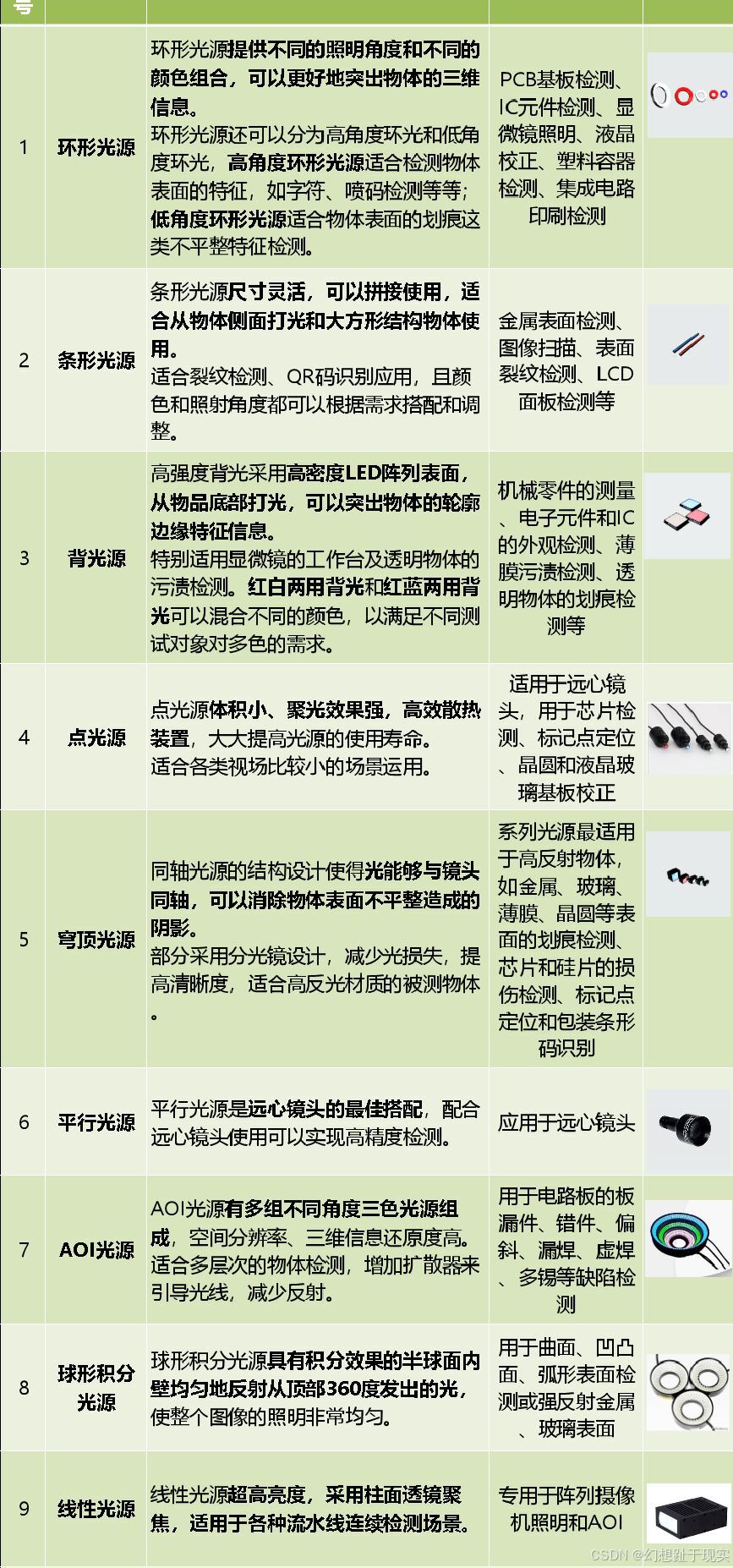目录
- 栈和队列
- 1 栈
- 1.1 栈的结构体定义
- 1.2 基本功能实现
- 1.2.1 创建栈
- 1.2.2 销毁栈
- 1.2.3 入栈
- 1.2.4 出栈
- 1.2.5 判断栈是否为空
- 1.2.6 获取栈顶元素(不弹出)
- 1.2.7 获取栈的当前大小
- 1.3 代码实现
- 2 队列
- 2.1 循环队列的结构体定义
- 2.2 基本功能实现
- 2.2.1 创建循环队列
- 2.2.2 销毁循环队列
- 2.2.3 入队
- 2.2.4 出队
- 2.2.5 判断队列是否为空
- 2.2.6 获取队头元素(不删除)
- 2.2.7 获取队列的当前大小
- 2.3 代码实现
- 3 总结
栈和队列
1 栈
1.1 栈的结构体定义
typedef struct {ElemType *data;int top; int capacity;
} Stack;
data:指向动态数组的指针,用于存储栈中的元素。
top:栈顶指针,表示当前栈中元素的数量,同时也指向下一个入栈的位置。
capacity:栈的当前容量,当栈满时会动态扩容。
1.2 基本功能实现
1.2.1 创建栈
Stack *create_stack(int size) {Stack *stk = (Stack *)malloc(sizeof(Stack));stk->capacity = size;stk->top = 0;stk->data = (ElemType *)malloc(stk->capacity * sizeof(ElemType));return stk;
}
功能:初始化一个栈,分配指定大小的内存空间。
参数:size 表示栈的初始容量。
返回值:指向新创建的栈的指针。
1.2.2 销毁栈
void destroy_stack(Stack *stk) {if (stk) {free(stk->data); // 释放动态数组free(stk); // 释放栈结构体stk = NULL; // 将指针置为 NULL,避免野指针}
}
功能:释放栈占用的内存,防止内存泄漏。
注意:在释放内存后,将栈指针置为 NULL,避免野指针问题。
1.2.3 入栈
void push(Stack *stk, ElemType b) {if (stk->top >= stk->capacity) {// 栈满扩展容量stk->capacity <<= 1; // 容量翻倍stk->data = (ElemType *)realloc(stk->data, stk->capacity * sizeof(ElemType));}stk->data[stk->top++] = b; // 将元素放入栈顶,并更新栈顶指针
}
功能:将元素压入栈顶。
动态扩容:当栈满时,容量翻倍,并通过 realloc 重新分配内存。
1.2.4 出栈
ElemType pop(Stack *stk) {if (stk->top <= 0) {return ERROR; // 栈为空时返回错误值}return stk->data[--stk->top]; // 返回栈顶元素,并更新栈顶指针
}
功能:弹出栈顶元素。
返回值:栈顶元素;如果栈为空,返回预定义的错误值 ERROR。
1.2.5 判断栈是否为空
int is_empty(Stack *stk) {return stk->top == 0;
}
功能:判断栈是否为空。
返回值:如果栈为空,返回 1;否则返回 0。
1.2.6 获取栈顶元素(不弹出)
ElemType peek(Stack *stk) {if (stk->top <= 0) {return ERROR; // 栈为空时返回错误值}return stk->data[stk->top - 1]; // 返回栈顶元素
}
功能:获取栈顶元素,但不弹出。
返回值:栈顶元素;如果栈为空,返回预定义的错误值 ERROR。
1.2.7 获取栈的当前大小
int get_stack_size(Stack *stk) {return stk->top;
}
功能:获取栈中当前元素的数量。
返回值:栈的大小。
1.3 代码实现
注意,代码省略了头文件和主函数,只包含和栈相关的代码,其中
ERROR是需要用户自定义的错误值,其类型由ElemType决定,这里只是示例,将ElemType设为int。
#define ERROR -114514
typedef int ElemType;typedef struct {ElemType *data;int top;int capacity;
} Stack;// 创建栈
Stack *create_stack(int size) {Stack *stk = (Stack *)malloc(sizeof(Stack));// 注意这里并没有添加内存分配失败的处理stk->capacity = size;stk->top = 0;stk->data = (ElemType *)malloc(stk->capacity * sizeof(ElemType));return stk;
}// 销毁栈
void destroy_stack(Stack *stk) {if (stk) {free(stk->data);free(stk);stk = NULL;}
}// 入栈
void push(Stack *stk, ElemType b) {if (stk->top >= stk->capacity) {// 栈满扩展容量,这里并没有考虑整数溢出stk->capacity <<= 1;// 注意这里并没有添加内存分配失败的处理stk->data = (ElemType *)realloc(stk->data, stk->capacity * sizeof(ElemType));}stk->data[stk->top++] = b;
}// 出栈
ElemType pop(Stack *stk) {if (stk->top <= 0) {return ERROR;}return stk->data[--stk->top];
}// 判断栈是否为空
int is_empty(Stack *stk) { return stk->top == 0; }// 获取栈顶元素(不弹出)
ElemType peek(Stack *stk) {if (stk->top <= 0) {return ERROR;}return stk->data[stk->top - 1];
}// 获取栈的当前大小
int get_stack_size(Stack *stk) { return stk->top; }
2 队列
这里实现一个循环队列
2.1 循环队列的结构体定义
typedef struct {ElemType *data;int front;int rear;int capacity;
} CircularQueue;
data:指向动态数组的指针,用于存储队列中的元素。
front:队头指针,指向队列的第一个元素。
rear:队尾指针,指向队列的最后一个元素的下一个位置。
capacity:队列的当前容量,队列的实际可用容量为 capacity - 1,因为需要区分队列满和队列空的情况。
2.2 基本功能实现
2.2.1 创建循环队列
CircularQueue *create_circular_queue(int size) {CircularQueue *queue = (CircularQueue *)malloc(sizeof(CircularQueue));queue->capacity = size + 1; // 多分配一个空间用于区分队列满和队列空queue->front = 0;queue->rear = 0;queue->data = (ElemType *)malloc(queue->capacity * sizeof(ElemType));return queue;
}
功能:初始化一个循环队列,分配指定大小的内存空间。
参数:size 表示队列的初始容量。
返回值:指向新创建的循环队列的指针。
2.2.2 销毁循环队列
void destroy_circular_queue(CircularQueue *queue) {if (queue) {free(queue->data); // 释放动态数组free(queue); // 释放队列结构体queue = NULL; // 将指针置为 NULL,避免野指针}
}
功能:释放循环队列占用的内存,防止内存泄漏。
注意:在释放内存后,将队列指针置为 NULL,避免野指针问题。
2.2.3 入队
void enqueue(CircularQueue *queue, ElemType b) {if ((queue->rear + 1) % queue->capacity == queue->front) {// 队列满,扩展容量int new_capacity = queue->capacity * 2;ElemType *new_data = (ElemType *)malloc(new_capacity * sizeof(ElemType));int i = 0;while (queue->front != queue->rear) {new_data[i++] = queue->data[queue->front];queue->front = (queue->front + 1) % queue->capacity;}free(queue->data);queue->data = new_data;queue->front = 0;queue->rear = i;queue->capacity = new_capacity;}queue->data[queue->rear] = b;queue->rear = (queue->rear + 1) % queue->capacity;
}
功能:将元素插入队尾。
动态扩容:当队列满时,容量翻倍,并重新分配内存。
2.2.4 出队
ElemType dequeue(CircularQueue *queue) {if (queue->front == queue->rear) {return ERROR; // 队列为空时返回错误值}ElemType elem = queue->data[queue->front];queue->front = (queue->front + 1) % queue->capacity;return elem;
}
功能:删除队头元素并返回。
返回值:队头元素;如果队列为空,返回预定义的错误值 ERROR。
2.2.5 判断队列是否为空
int is_empty(CircularQueue *queue) {return queue->front == queue->rear;
}
功能:判断队列是否为空。
返回值:如果队列为空,返回 1;否则返回 0。
2.2.6 获取队头元素(不删除)
ElemType peek_front(CircularQueue *queue) {if (queue->front == queue->rear) {return ERROR; // 队列为空时返回错误值}return queue->data[queue->front];
}
功能:获取队头元素,但不删除。
返回值:队头元素;如果队列为空,返回预定义的错误值 ERROR。
2.2.7 获取队列的当前大小
int get_queue_size(CircularQueue *queue) {return (queue->rear - queue->front + queue->capacity) % queue->capacity;
}
功能:获取队列中当前元素的数量。
返回值:队列的大小。
2.3 代码实现
注意,代码省略了头文件和主函数,只包含和循环队列相关的代码,其中 ERROR 是需要用户自定义的错误值,其类型由 ElemType 决定,这里只是示例,将 ElemType 设为 int。
#define ERROR -114514
typedef int ElemType;typedef struct {ElemType *data;int front;int rear;int capacity;
} CircularQueue;// 创建循环队列
CircularQueue *create_circular_queue(int size) {CircularQueue *queue = (CircularQueue *)malloc(sizeof(CircularQueue));queue->capacity = size + 1; // 多分配一个空间用于区分队列满和队列空queue->front = 0;queue->rear = 0;queue->data = (ElemType *)malloc(queue->capacity * sizeof(ElemType));return queue;
}// 销毁循环队列
void destroy_circular_queue(CircularQueue *queue) {if (queue) {free(queue->data);free(queue);queue = NULL;}
}// 入队
void enqueue(CircularQueue *queue, ElemType b) {if ((queue->rear + 1) % queue->capacity == queue->front) {// 队列满,扩展容量int new_capacity = queue->capacity * 2;ElemType *new_data = (ElemType *)malloc(new_capacity * sizeof(ElemType));int i = 0;while (queue->front != queue->rear) {new_data[i++] = queue->data[queue->front];queue->front = (queue->front + 1) % queue->capacity;}free(queue->data);queue->data = new_data;queue->front = 0;queue->rear = i;queue->capacity = new_capacity;}queue->data[queue->rear] = b;queue->rear = (queue->rear + 1) % queue->capacity;
}// 出队
ElemType dequeue(CircularQueue *queue) {if (queue->front == queue->rear) {return ERROR; // 队列为空时返回错误值}ElemType elem = queue->data[queue->front];queue->front = (queue->front + 1) % queue->capacity;return elem;
}// 判断队列是否为空
int is_empty(CircularQueue *queue) {return queue->front == queue->rear;
}// 获取队头元素(不删除)
ElemType peek_front(CircularQueue *queue) {if (queue->front == queue->rear) {return ERROR; // 队列为空时返回错误值}return queue->data[queue->front];
}// 获取队列的当前大小
int get_queue_size(CircularQueue *queue) {return (queue->rear - queue->front + queue->capacity) % queue->capacity;
}
3 总结
实际上,如果是算法题用纯
C语言的话,根本不需要将这些数据结构提出来封装,都是直接使用数组在逻辑上模拟的而且谁在做题的时候用纯。以上作为使用C语言啊C语言实现栈和队列的参考。






